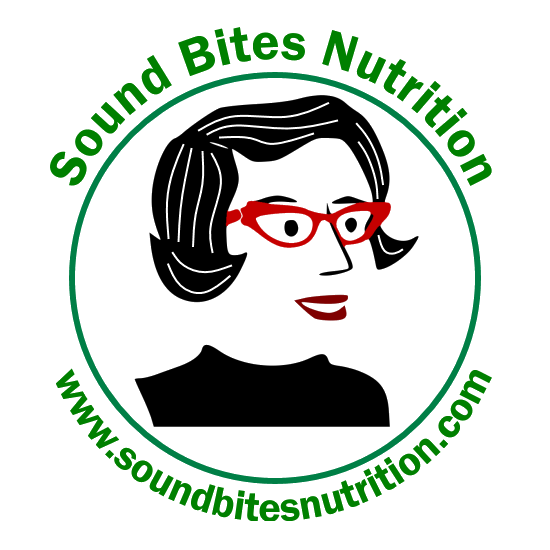3 food fads to ignore
Think that juicing all your food or following a gluten free diet will cure all that ails you? Or that coconut oil is the new avocado? Think again. While food fads come and go, the science behind them is not always that convincing. A new review of scientific evidence was performed to examine the proof behind these and other diet claims.Dr. Andrew Freeman, the co-chair of the American College of Cardiology’s Lifestyle and Nutrition work group, was the lead author of the study. He and his researchers evaluated medical evidence associated with healthy eating habits and current popular diet fads in the US. 1 What they found was not surprising. Here are three of the most popular fads and why you may want to think twice before drinking the kool-aid.
- Going gluten-free: A gluten-free diet is indicated for individuals with celiac disease and gluten sensitivity or intolerance, but is of no benefit to others that can digest grains normally. According to an article published in the New Yorker in 2015, only 1% of the US population suffers from celiac disease, 6% are gluten-intolerant, but up to 30% of Americans are avoiding gluten because they see it as healthier. Much of the gluten-free craze is due to intensive marketing, sometimes of products that were always gluten-free such as yogurt or vegetables. Gluten-free substitutes (such as corn or rice-based products) may be lower in dietary fiber and nutritional value than their whole grain counterparts. In addition to being much higher in cost, there is risk of arsenic poisoning as so many gluten-free products substitute rice flour for wheat. 2
- Juicing: Juicing may improve nutrient absorption from some plants, but it lacks fiber and other nutrients found in whole vegetables and fruits. Whole fruits and vegetables retain fiber, which has been found to provide satiety. Juice drinkers may consume more calories, but not feel full since the act of chewing provides a sense of fullness. 1 Juicing may also take more time than simply washing a piece of whole fruit or microwaving some frozen vegetables. Special juicing machines and ingredients may also be costly. If you have teeth and a small intestine, let your body do the digestion!
- Coconut oil: Coconut oil makes a great skin moisturizer and tastes great in Thai food, and has most recently been seen as the latest, greatest health food. Coconut oil is often touted as healthy because it contains MCTs (medium chain triglycerides), which are more quickly absorbed and converted to fuel than other fats. MCTs are used as treatment in people with difficulty absorbing fat such as those with cystic fibrosis, liver disease, pancreatitis or other medical issues. They are found in palm and coconut oil and in full fat dairy products in smaller amounts. Coconut oil contains about 10-15% of these fats, but the majority of the population do not require them anyway. While coconut oil is recommended for weight loss and Alzheimer’s disease, many don’t realize it’s one of the few fats that’s over 90% saturated. 3 Freeman and colleagues advise using heart healthy olive, canola and other vegetable oils which may not raise blood cholesterol like saturated fats. 1 The science backing coconut oil for weight loss and other conditions is simply lacking.3
References:
- Andrew M.Freeman, Pamela B. Morris, Neal Barnard, Caldwell B. Esselstyn, Emilio Ros, ArthurAgatston, Stephen Devries, James O’Keefe, Michael Miller, Dean Ornish, Kim William, Penny Kris-Etherton. Trending cardiovascular nutrition controversies. Journal of the American College of Cardiology. Vol 69, issue 9, March 2017.
- http://fortune.com/2015/05/05/gluten-free-foods/
- http://health.usnews.com/health-news/blogs/eat-run/2015/03/11/healthy-eating-myths-how-many-have-you-fallen-for

